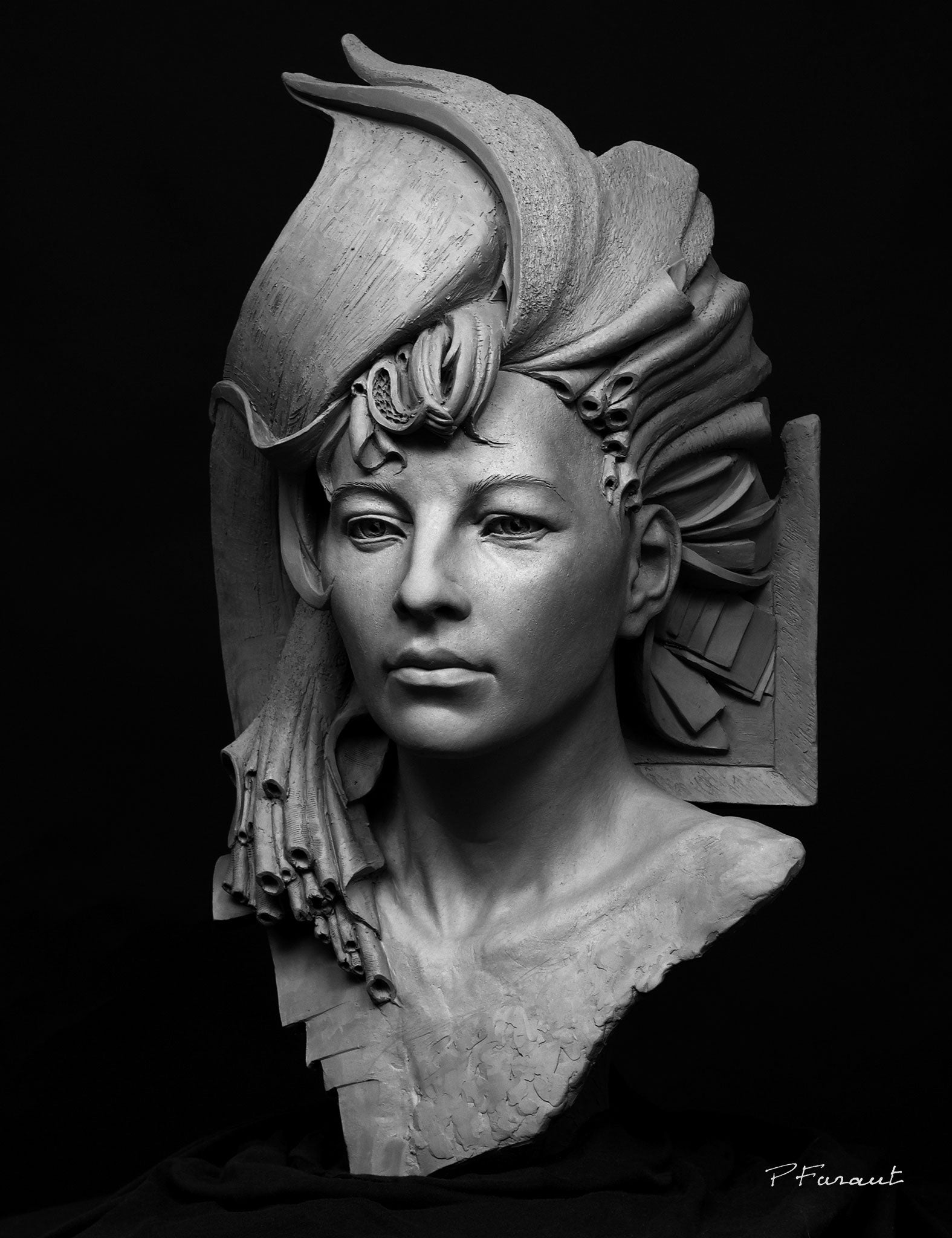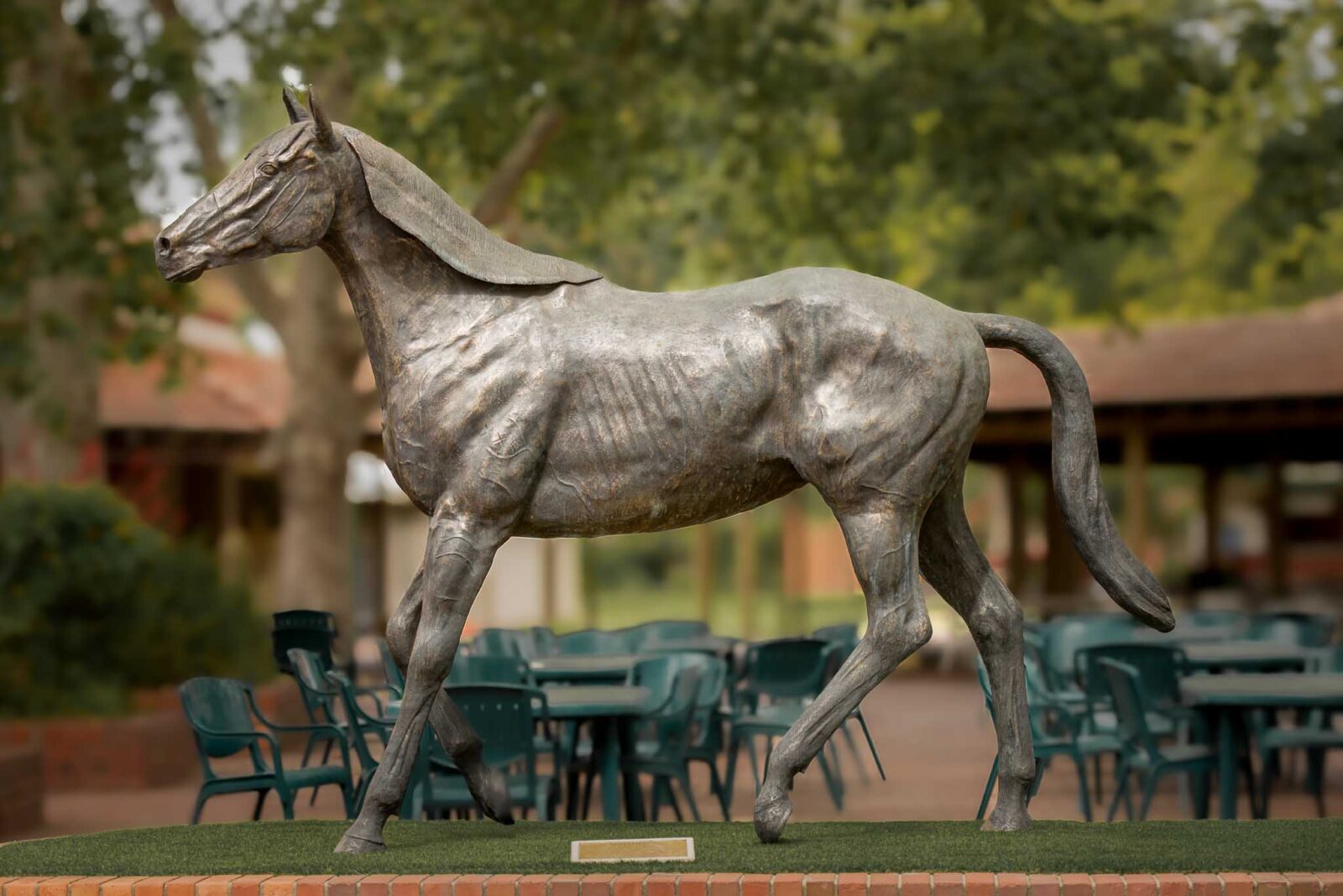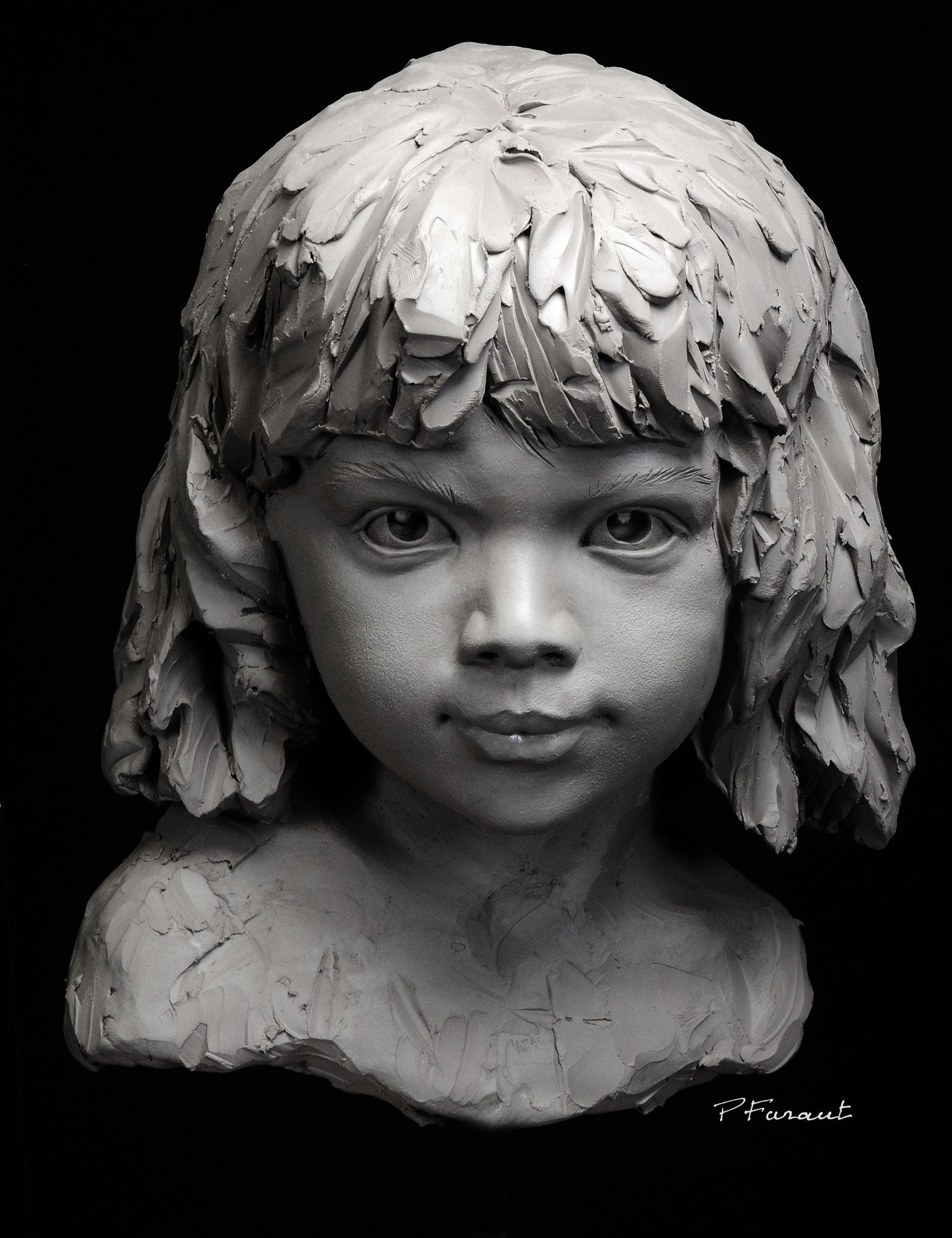Artistic Evolution: From Classic to Modern with Bronze Sculptures
Wiki Article
Forming the Human Kind: Representations of the Body in Sculpture
Sculpting the Human Form: Portrayals of the Body in Sculpture is an extensive exploration of the creative depiction of the body throughout background. This exhibit dives right into the numerous techniques, designs, and social viewpoints that have actually formed the means musicians have actually depicted the human kind in sculpture. From the exquisite marble sculptures of old Greece to the intricate work of arts of the Renaissance, from the luxuriant and flamboyant Baroque and Rococo sculptures to the progressive and abstract expressions of modern-day and modern sculpture, this exhibit provides a fascinating journey via the development of this ageless art kind - Contemporary Sculptures. By checking out the varied interpretations and depictions of the human body, site visitors will acquire a much deeper understanding of the artistic, cultural, and social impacts that have shaped our assumption of the human form.Ancient Greek Sculptures

Among the specifying characteristics of Ancient Greek sculptures is their focus on proportion. Each component of the body is carefully crafted to be symmetrical to the entire, developing a sense of balance and harmony. The carvers paid cautious interest to every information, from the positioning of muscular tissues to the positioning of arm or legs, ensuring that each figure appeared both powerful and stylish.
Rather than showing the imperfections and problems of the human kind, they sought to produce an idyllic version of truth. The sculptures usually portrayed gods, athletes, and goddesses, with their bodies formed to perfection.
Renaissance Masterpieces
Continuing the exploration of the representation of the human kind in sculpture, Renaissance work of arts further refine the idealized idea of appeal, structure upon the unified and balanced proportions of their Ancient Greek precursors. During the Renaissance duration, which spanned from the 14th to the 17th century in Europe, musicians sought to revitalize the classical ideals of ancient Greece and Rome. They studied and imitated the works of the ancient masters, pursuing a sensible depiction of the human body.
One of the most popular Renaissance carvers was Michelangelo Buonarroti. His masterpiece, the sculpture of David, exemplifies the perfection and grace that became identified with Renaissance art. Standing at over 17 feet high, the sculpture represents the scriptural hero in a state of calmness before his battle with Goliath. David's muscular figure, recorded with exceptional information, discloses the musician's mastery of human anatomy.
An additional significant Renaissance carver was Donatello. His sculpture of Saint George, created in the very early 15th century, showcases the musician's ability to share toughness and nobility through the human kind. The sculpture portrays the legendary dragon-slaying saint in a positioned and positive stance, showing a feeling of heroism.
Renaissance masterpieces not just celebrated the physical beauty of the body but additionally communicated deeper definitions and emotions. Through their thorough interest to information and proficient craftsmanship, Renaissance artists raised the art of sculpture to brand-new heights, leaving a lasting tradition that continues to influence musicians to this particular day.
Baroque and Rococo Sculpture
Rococo and baroque sculpture exhibits the ornate and lavish representation of the human kind throughout the 17th and 18th centuries. Artists such as Gian Lorenzo Bernini and Alessandro Algardi produced sculptures that communicated activity, often portraying figures in remarkable postures.
Rococo sculpture, on the various other hand, emerged as a reaction to the grandiosity of the Baroque period. They usually represented numbers in sensual and graceful poses, mirroring the laid-back and wayward nature of the Rococo style.
Both Baroque and Rococo sculpture placed a great focus on the human form, celebrating its appeal and sharing a variety of emotions - Portrait Sculptor. Whether it was the vibrant and effective numbers of the Baroque or the graceful and charming figures of the Rococo, these sculptures recorded the significance of the human experience, leaving a long lasting influence on the art globe
Modern and Contemporary Sculpture
The development of sculpting the human type proceeds in contemporary and modern sculpture. Modern sculpture emerged in the late 19th century as an action to the transforming social and political landscape.In the 20th century, the increase of abstraction and theoretical art brought brand-new possibilities for sculptors. Artists like Henry Moore and Barbara Hepworth discovered the relationship between type and area, developing abstracted and organic figures that challenged standard ideas of representation. Moore's monumental bronze sculptures and Hepworth's carved stone jobs are commemorated for their cutting-edge use of materials and their ability to evoke a sense of the body in a non-literal method.
Contemporary sculpture remains to press the borders of representation and explore new materials and techniques. Artists like Antony Gormley and Ron Mueck produce hyper-realistic sculptures that challenge our understanding of the body, while others, such as Louise Bourgeois and Kiki Smith, utilize the body as an allegory for individual and cumulative experiences. The human kind remains a powerful subject in sculpture, providing a platform for artists to explore identity, feeling, and the human problem.
Social Viewpoints on the Body

In the exploration of forming the human kind, the assessment of cultural perspectives on the human body discloses a abundant and diverse tapestry of representations and analyses. Throughout history, different societies have actually held distinct ideas and worths concerning the human body, causing unique artistic expressions - Robert C Hitchcock Sculptor. These social viewpoints form the way the human body is illustrated and regarded in sculpture, mirroring societal norms, religious beliefs, and aesthetic suitables
As an example, old Greek sculptures celebrated the idealized human form, highlighting physical appeal and athleticism. The sculptures represented gods, heroes, and professional athletes with flawlessly proportioned bodies, embodying the Greek concept of physical perfection. In contrast, ancient Egyptian sculptures concentrated on the preservation of the body in the afterlife, portraying figures with rigid positions and idealized functions. The Egyptians believed that the body ought to be provided in such a way that ensured its everlasting existence.
Likewise, cultural viewpoints on the body in African art commonly highlight public identification and spiritual beliefs (Portrait Sculptor). Sculptures from numerous African cultures depict the body with overstated features, representing genealogical connections and social worths. Indigenous societies in the Americas likewise have distinct viewpoints on the body, typically depicting it in a spiritual context and stressing the connection in between people and nature
The examination of social perspectives on the body in sculpture helpful site enables us to obtain insight into the values, ideas, and appearances of different societies throughout background. It highlights the variety of human experiences and the methods in which art reflects and shapes our understanding of the human form.

Conclusion
To conclude, the representation of the human body in sculpture has actually progressed in time, reflecting various imaginative motions and cultural viewpoints. From the idealized numbers of Ancient Greek sculptures to the reasonable and stirring Renaissance work of arts, and the intricate information of Baroque and Rococo sculptures, to the abstract and experimental kinds of contemporary and contemporary sculpture. The body has been a topic of fascination and creative exploration throughout history, showcasing the varied interpretations and expressions of the human form.Shaping the Human Form: Representations of the Body in Sculpture is a comprehensive expedition of the imaginative representation of the human body throughout background. From the splendid marble sculptures of old Greece to the elaborate work of arts of the Renaissance, from the luxuriant and flamboyant Baroque and Rococo sculptures to the avant-garde and abstract expressions of modern-day and contemporary sculpture, this exhibit supplies a fascinating trip through the advancement of this timeless art type. Musicians like Antony Gormley and Ron Mueck create hyper-realistic sculptures that challenge our assumption of the human body, while others, such as Louise Bourgeois and Kiki Smith, use the body as a metaphor for collective and personal experiences. The human kind remains a powerful topic in sculpture, giving a platform for artists to discover identity, emotion, and the human condition.
From the idyllic numbers of Ancient Greek sculptures to the reasonable and stirring Renaissance work of arts, and the detailed details of Baroque and Rococo sculptures, to the abstract and experimental types of contemporary and modern sculpture.
Report this wiki page